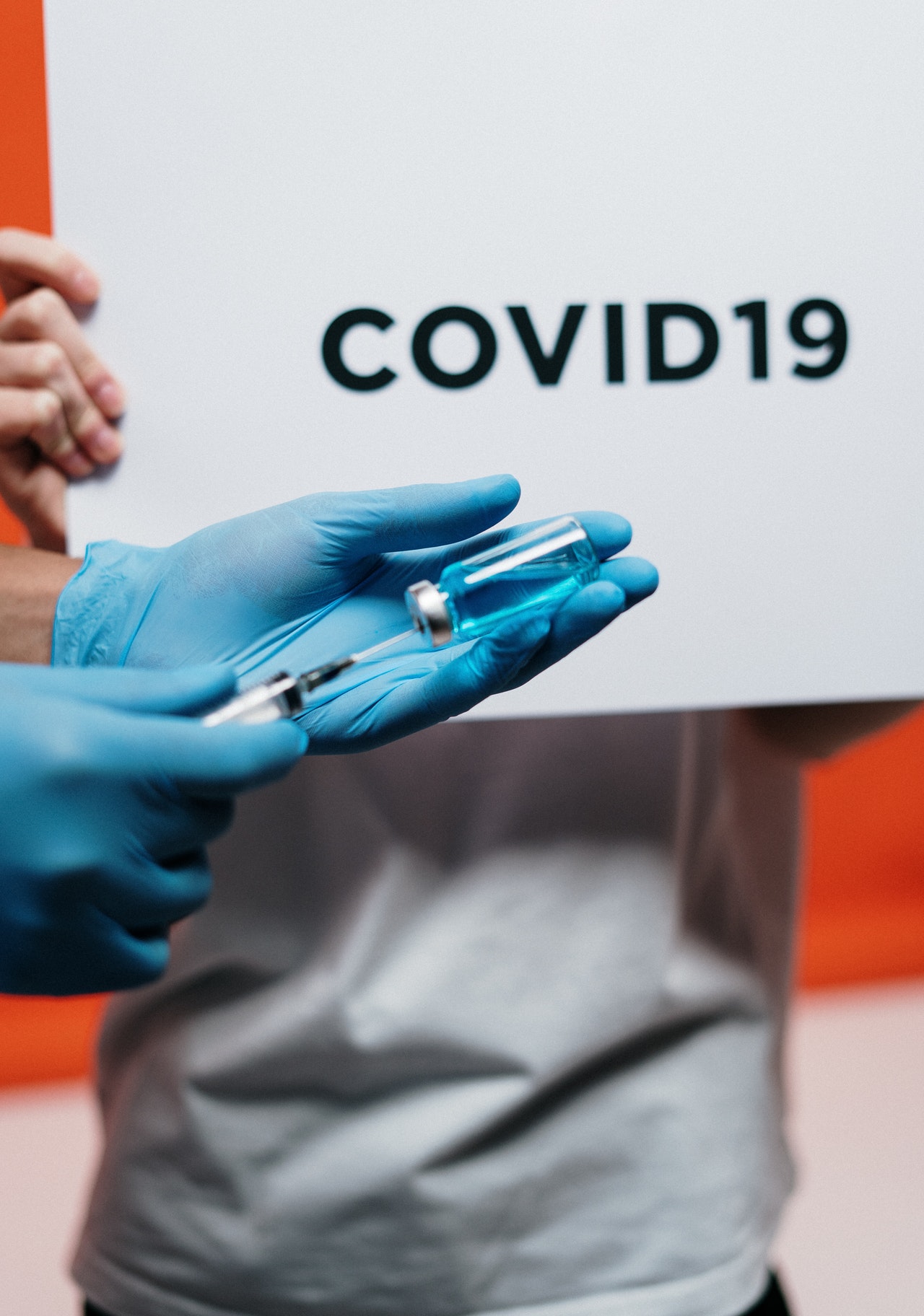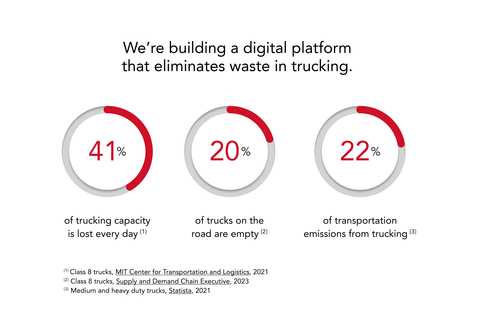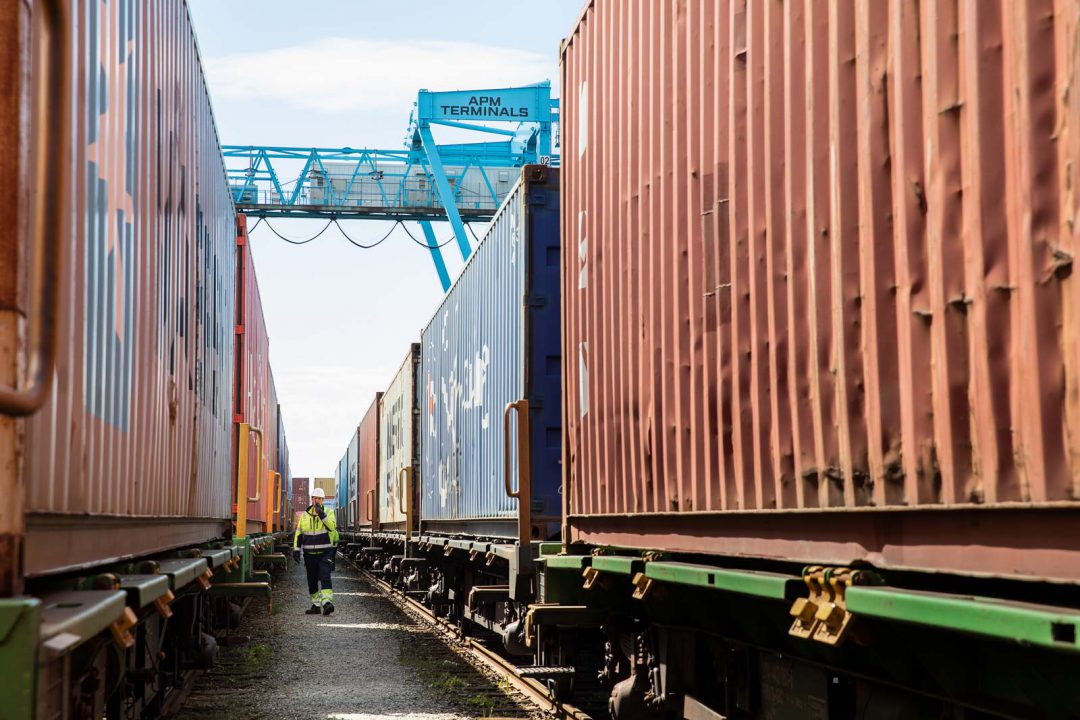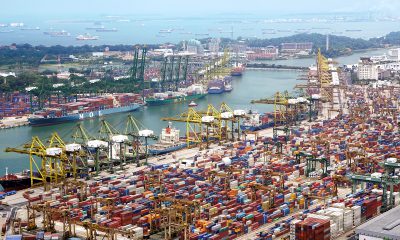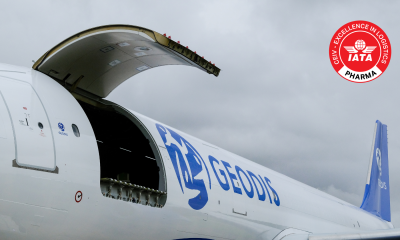The Serum Institute of India (SII), Gavi and the Bill & Melinda Gates Foundation will accelerate the manufacture and delivery of up to 100 million doses of safe and effective COVID-19 vaccines for India and low-and middle-income countries (LMICs) as part of the Gavi COVAX AMC, a mechanism within the COVAX Facility.
This brings the whole range of vaccine doses to be covered by the partnership between SII, Gavi, and the Gates Foundation to an collection up to 200 million doses, following the initial agreement for up to 100 million doses announced in August.The arrangement once more gives an option to secure additional doses if the vaccines pillar of the Access to COVID-19 Tools (ACT) Accelerator sees a necessity for it.
The collaboration can provide direct capital to SII to assist in increased manufacturing capacity so that once once a vaccine, or vaccines, gains regulative approval and WHO Prequalification, doses will be distributed at scale to LMICs as a part of the Gavi COVAX AMC mechanism as early because the half of 2021.
“The collaboration further bolsters up our fight against COVID-19! Through the avid support of Gavi and therefore the Bill & Melinda Gates Foundation, we are going to currently manufacture and deliver up to a further a hundred million doses of immunogenic and safe-proven future COVID-19 vaccines to India and low-and middle-income countries in 2021,” said Adar Poonawalla, chief operating officer of humour Institute of India
“At this stage, it’s vital for governments, international health and money establishments within the public and personal sector to come together in guaranteeing that nobody is left behind in the road to recovery. This association is In line with our efforts to check that the long run vaccines reach the remotest part of the globe providing full protection coverage in a very bid to contain the unfold of the pandemic.”
The funding will facilitate the manufacturing by SII for candidate vaccines licensed from AstraZeneca and Novavax, which can be out there for procural if they’re productive and achieve full licensure and WHO Prequalification. The vaccines will have a ceiling value of US$3 per dose, a price enabled by investments made by partners corresponding to the Coalition for Epidemic preparation Innovations (CEPI), the Bill and Melinda Gates Foundation and SII.
“This is vaccine manufacturing for the Global South, by the Global South, helping us to ensure no country is left behind when it comes to access to a COVID-19 vaccine,” said Dr Seth Berkley, CEO of Gavi , the Vaccine Alliance. “The momentum behind our effort to ensure global, equitable access to COVID-19 vaccines is really building. Last week we were able to announce the historic number of countries that are now signed up to the COVAX Facility, today we can announce further doses of safe, effective vaccines that will be reserved specifically for low-and middle-income countries. No country, rich or poor, should be left at the back of the queue when it comes to COVID-19 vaccines; this collaboration brings us another step closer to achieving this goal.”
The Gavi COVAX AMC, which is presently seeking a minimum of US$2 billion in initial seed funding, will meet at least a part of the cost of procurement for the vaccine doses. The Gavi Board has agreed upon the ultimate list of 92 countries that may be supported by the Gavi COVAX AMC. Under the new collaboration, AstraZeneca’s candidate vaccine, if successful, are out there to sixty one Gavi-eligible countries. Novavax’s candidate, if successful, will be available to all or any 92 countries supported by the Gavi COVAX AMC. These countries align with SII’s licensing agreements with the 2 partners.
The collaboration between Gavi, SII, and therefore the Gates Foundation supports the efforts of the ACT Accelerator’s vaccines pillar, also known as COVAX, co-led by Gavi, CEPI and the World Health Organization (WHO), to accelerate the development of COVID-19 vaccines and ensure rapid, global access to them. Decisions around investment in manufacturing are taken in close collaboration between these three lead organisations of the COVAX pillar.
So far 73 higher-income economies have formally committed to join the Facility, in addition to the 92 low-and middle-income economies that are eligible for support from the Gavi COVAX AMC.
Under the COVAX umbrella, Gavi is coordinating the COVAX Facility, which provides governments with the opportunity to benefit from a large portfolio of COVID-19 candidate vaccines using a range of technology platforms, made by more manufacturers across the globe, with a much bigger market to supply security of demand.
The Bill & Melinda Gates Foundation, via its Strategic Investment Fund, will provide at-risk funding of an additional US$150 million to Gavi, with a total funding provided through this collaboration to US$300 million. This will be used to support the Serum Institute of India to manufacture potential vaccine candidates, and for future procurement of vaccines for India and low-and middle-income countries via Gavi’s COVAX AMC.
The deal is additional to a memo of Understanding between AstraZeneca and Gavi, announced in June, which can commit a further three hundred million doses of AstraZeneca’s candidate vaccine to the broader COVAX Facility, to be equipped upon licensure or prequalification. These 2 deals can assure access to early doses for the foremost vulnerable on an international scale.
